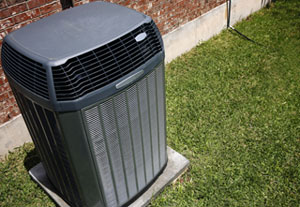Easy Ways to Prevent Mineral Buildup in Your Humidifier
If you’re dealing with common problems associated with dry air in your Broken Arrow home, then chances are you’re already using a humidifier. Humidifiers are an indispensable tool in restoring indoor moisture and tackling dry air-related issues, including skin irritation, dry throat and even static electricity buildup.Unfortunately, mineral buildup caused by lime scale and calcium deposits can prevent your humidifier from working as effectively as it should. The following shows how you can prevent mineral buildup in your humidifier and tackle existing buildup, as well.
How to Prevent Mineral Buildup
Here are a few tips you can use to stop mineral buildup in its tracks:
Empty your humidifier’s water reservoir after each use. Allow water to remain stagnant inside of the reservoir can allow mineral buildup to occur. It can also encourage the growth of mold and bacteria, which could spread throughout the humidifier. It’s important to empty the reservoir and wipe it down after your done using your humidifier.
Always use distilled water with your humidifier. Distilled water is specifically processed to remove dissolved minerals and other impurities, making it less likely to encourage mineral deposit buildup inside of your humidifier. Tap water, on the other hand, is filled with impurities that could prevent your humidifier from working properly.
Keep your humidifier clean and disinfected. This preventative step is important for keeping mineral buildup at bay. You should clean your humidifier on a regular basis to prevent mineral buildup as well as mold and bacteria growth.
How to Treat Mineral Buildup
In most cases, mineral buildup can be treated with undiluted white vinegar. Simply allow the vinegar to soak where mineral deposits occur for a few minutes, then wipe the area with a clean cloth. You can also use mild soap and water to clean up minor deposits.
Contact the professionals at Air Assurance and learn more ways to prevent mineral buildup. We proudly serve homeowners in the Broken Arrow area.
Our goal is to help educate our customers in the Tulsa and Broken Arrow, Oklahoma area about energy and home comfort issues (specific to HVAC systems). For more information about mineral buildup and other HVAC topics, call us at 918-217-8273. Credit/Copyright Attribution: “geralt/Pixabay”









